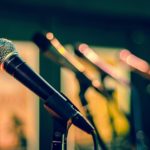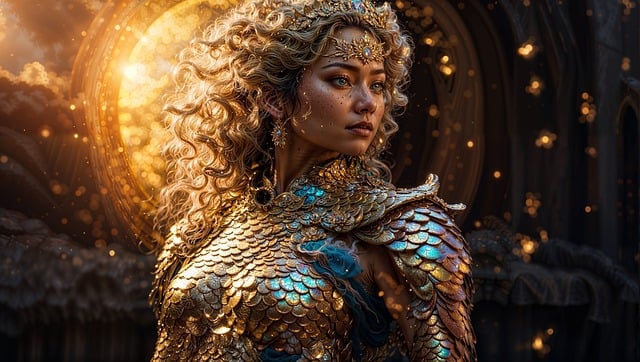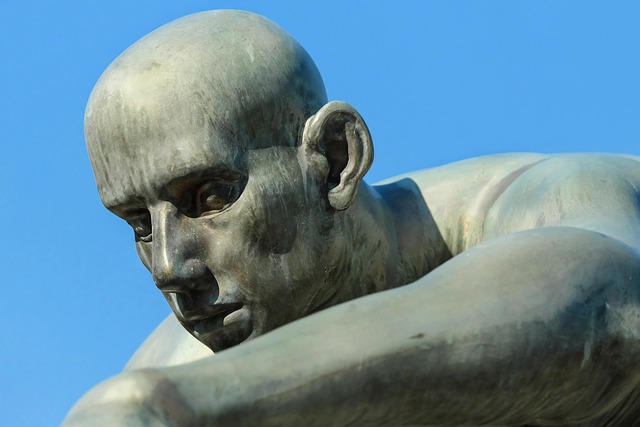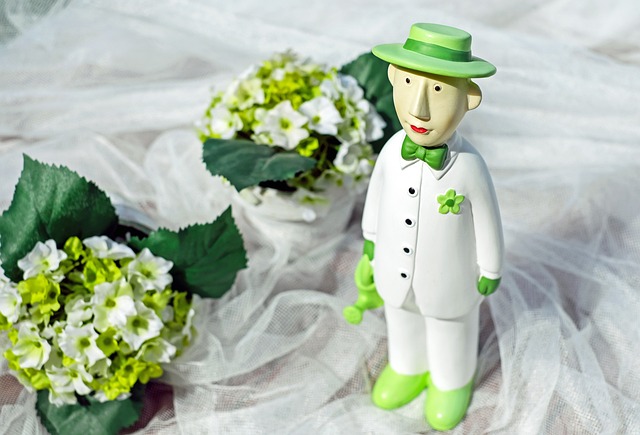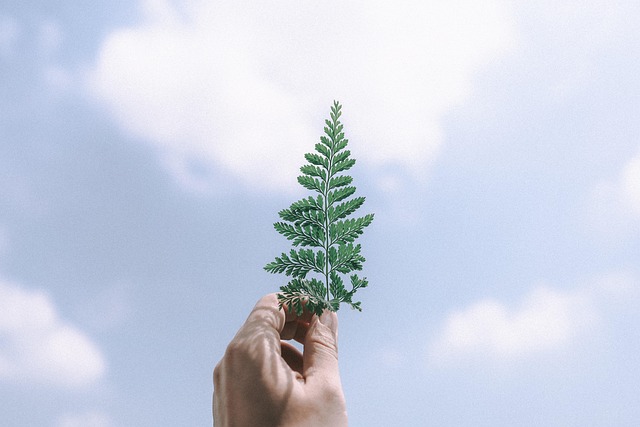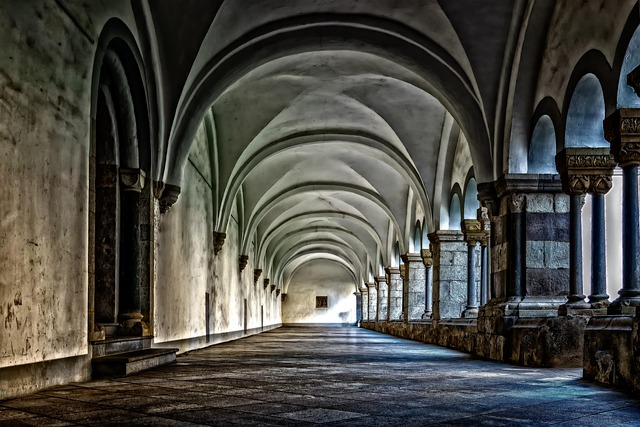# The Future of AI Art: Redefining Aesthetics and Challenging Traditional Artistic Norms
The emergence of artificial intelligence (AI) in the realm of art has sparked a revolution that is redefining aesthetics and challenging traditional artistic norms. As algorithms become increasingly sophisticated, they are not only augmenting human creativity but also prompting a reevaluation of what constitutes art itself. This article explores the implications of AI-generated art, its impact on artistic expression, and the ethical dilemmas it raises.
## The Evolution of AI in Art
Historically, the intersection of technology and art has been a fertile ground for innovation. From the invention of the camera to the advent of digital art, each technological breakthrough has reshaped the artistic landscape. AI art represents the latest chapter in this ongoing narrative. By utilizing machine learning algorithms, artists can create works that were previously unimaginable, pushing the boundaries of creativity.
Machine learning, a subset of AI, enables computers to learn from data and improve their performance over time. Various platforms, such as DeepArt and DALL-E, harness this technology to generate images based on user inputs or existing artworks. The results can be astonishingly unique, often blending styles and concepts in ways that challenge conventional artistic categories. As a result, AI art is not merely a tool for artists; it is a new medium that invites exploration and experimentation.
Moreover, the rapid advancement of generative adversarial networks (GANs) has further propelled the evolution of AI art. GANs consist of two neural networks—the generator and the discriminator—that work in tandem to produce increasingly sophisticated images. This dual-process approach allows for the creation of artworks that are not only visually striking but also conceptually rich. By mimicking human creativity, AI can produce pieces that provoke thought and evoke emotion, thereby redefining the criteria for artistic merit.
## A New Paradigm of Creativity
An essential aspect of AI art is its ability to democratize the creative process. Traditionally, art has often been viewed as the domain of a select few—those with formal training or innate talent. However, AI tools enable individuals with no artistic background to produce compelling works. This shift has the potential to broaden the definition of who can be considered an artist, allowing for a more inclusive and diverse range of voices in the art world.
Furthermore, the collaboration between humans and machines fosters a new paradigm of creativity. Artists can leverage AI as a co-creator, using it to generate ideas, explore different styles, or even create entire compositions. This collaborative approach not only enhances the creative process but also challenges the notion of authorship. When an AI contributes to a piece of art, questions arise about the ownership of the creative output. Is the artist the one who programmed the AI, or is it the machine that generates the artwork?
In addition to redefining authorship, AI art also prompts a reevaluation of aesthetic standards. Traditional art has often been rooted in human experience, emotion, and intention. However, AI-generated works can lack these qualities, leading to debates about their validity as art. Some critics argue that without human emotion, AI art is merely a series of algorithms producing random images. Conversely, proponents assert that the emotional response elicited by a piece of art is what ultimately defines its value, regardless of the creator’s identity.
## Ethical Considerations and Future Directions
As AI art continues to evolve, it brings with it a host of ethical considerations that must be addressed. One of the most pressing issues is the potential for copyright infringement. AI algorithms are trained on vast datasets, often including copyrighted material. This raises questions about the legality of using such works as inspiration and the implications for artists whose styles may be replicated without their consent. Establishing clear guidelines for the use of copyrighted material in AI art will be crucial to protect the rights of human artists while fostering innovation.
Another ethical dilemma revolves around the potential for AI to perpetuate biases present in its training data. If an AI system is trained predominantly on works from a specific demographic or cultural background, its outputs may reflect those biases, leading to a homogenization of artistic expression. Addressing these biases will require a conscious effort to curate diverse datasets and ensure that AI art represents a wide array of perspectives and experiences.
Looking ahead, the future of AI art is likely to be characterized by ongoing collaboration between humans and machines. As technology continues to advance, artists will increasingly find ways to integrate AI into their creative processes, blurring the lines between human and machine-generated art. This evolution will not only redefine aesthetics but also challenge the very foundations of artistic practice.
In conclusion, the emergence of AI art is reshaping the artistic landscape, prompting a reevaluation of creativity, authorship, and ethical considerations. As we navigate this new frontier, it is essential to embrace the potential of AI while remaining vigilant about the challenges it presents. By fostering a dialogue around these issues, artists, technologists, and audiences can work together to create a future where AI art enriches the cultural tapestry rather than diminishes it. The journey ahead promises to be as fascinating as the art it produces, inviting us to rethink our understanding of what art can be in an age of artificial intelligence.



